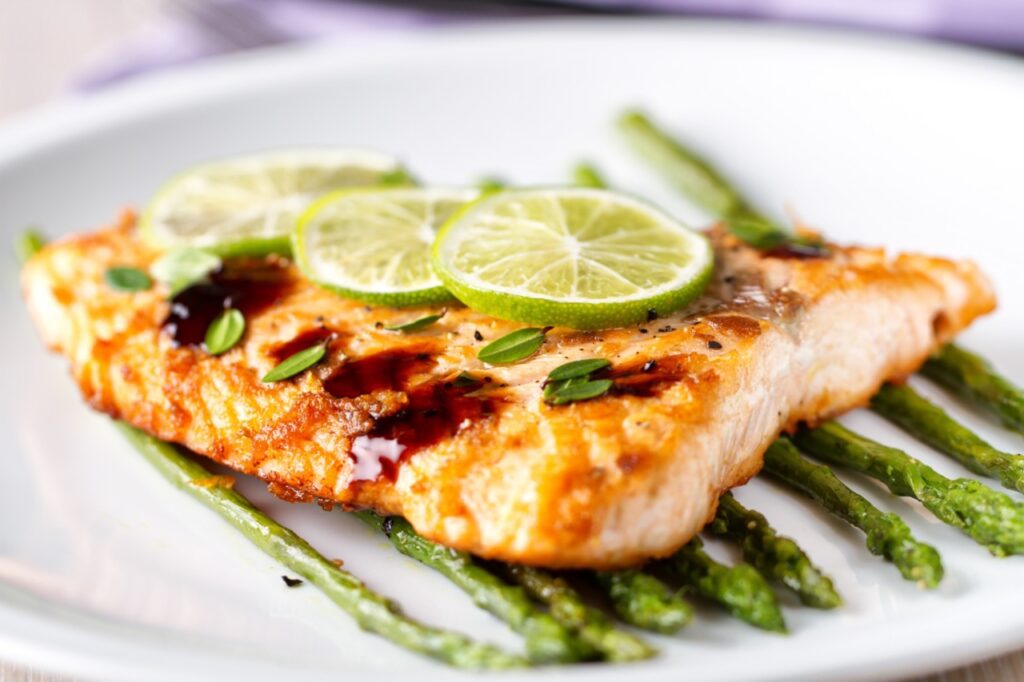Strategically using food as medicine can help ease osteoarthritis pain and lessen the challenges of living with this condition. This holistic approach provides hope for managing and even alleviating its symptoms.

As a board-certified health and wellness coach, I believe that food is not just nourishment for the body but also a powerful tool in promoting healing and recovery. In this blog, I will explore osteoarthritis from a wellness perspective and show how making informed dietary choices can significantly improve the quality of life for individuals with this debilitating illness.
What Is Osteoarthritis
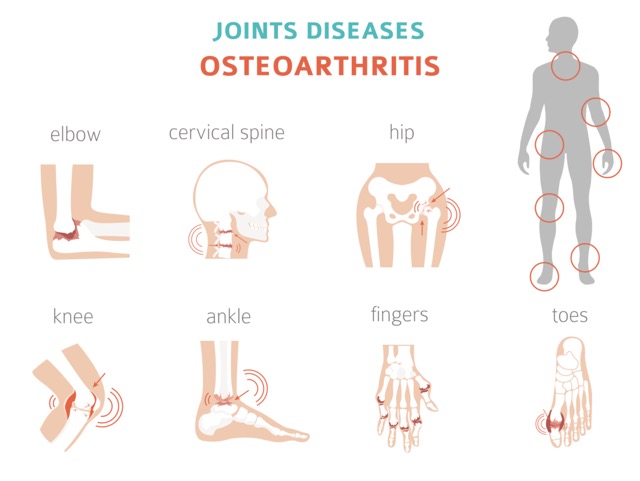
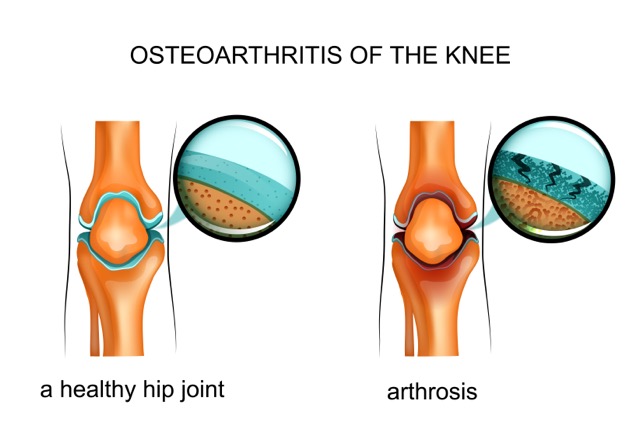
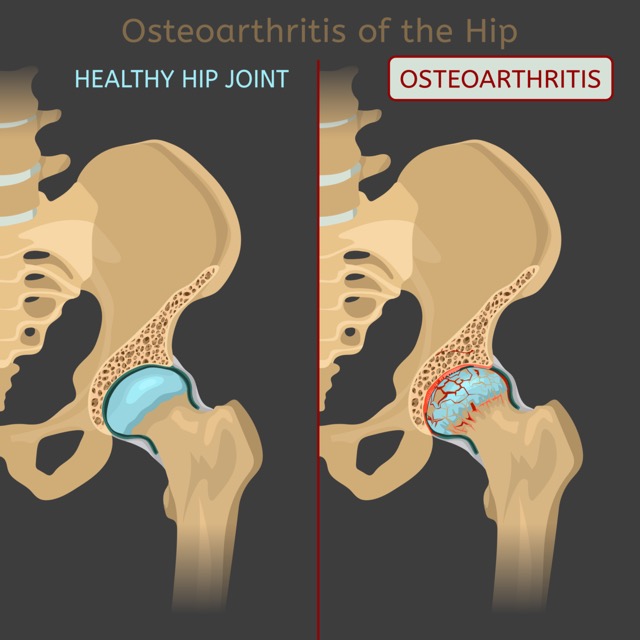
Osteoarthritis is a chronic condition characterized by the breakdown of cartilage in the joints, leading to pain, stiffness, and reduced mobility. While it primarily affects older adults, it can also develop because of joint injuries, obesity, or genetic factors. Conventional treatments for osteoarthritis focus on managing symptoms, but as a health and wellness coach, I advocate for a comprehensive approach incorporating dietary changes to support the body's healing process.
Using The Healing Power of Food To Ease Osteoarthritis Pain
The food we consume is vital to our overall health and can significantly impact inflammatory conditions like osteoarthritis. Incorporating specific nutrients, reducing inflammatory triggers, and maintaining a healthy weight can reduce pain and improve joint function. The following are some key dietary strategies that can help ease osteoarthritis pain:
1. Anti-inflammatory Foods
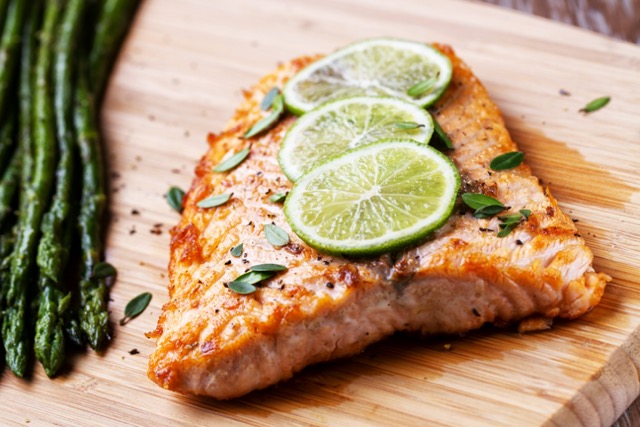
Including anti-inflammatory foods in your diet can help reduce joint inflammation and pain. These foods include fatty fish (such as salmon and mackerel), leafy greens, colorful fruits and vegetables, nuts and seeds, and healthy oils like olive oil. These foods are rich in antioxidants, omega-3 fatty acids, and other anti-inflammatory compounds.
2. Omega-3 Fatty Acids
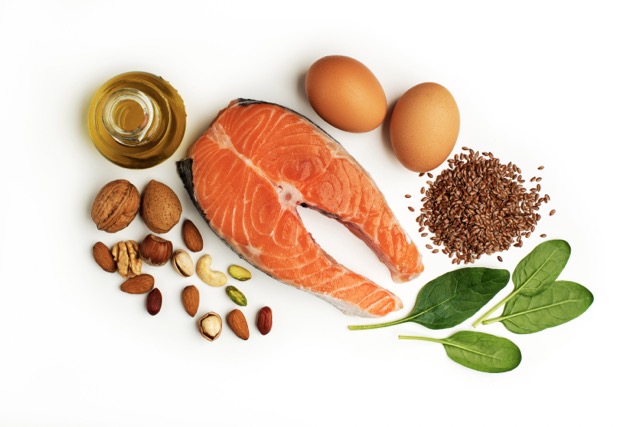
Omega-3 fatty acids have been shown to have anti-inflammatory effects, making them beneficial for individuals with osteoarthritis. Foods rich in omega-3s include fatty fish, walnuts, chia seeds, flaxseeds, and hemp seeds. Alternatively, omega-3 supplements like fish oil capsules can be considered, but it's always best to consult a healthcare professional before starting any supplements.
3. Nutrient-Dense Diet
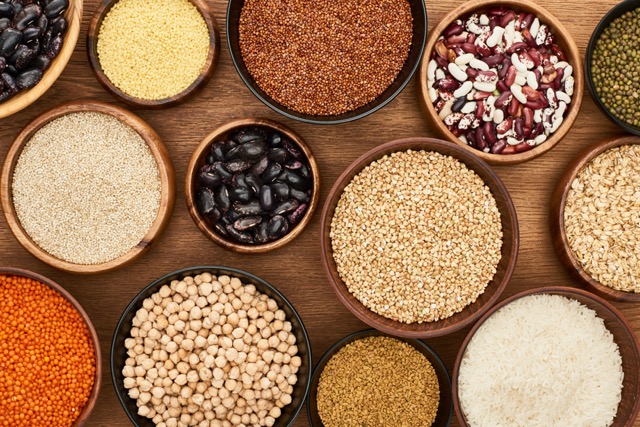
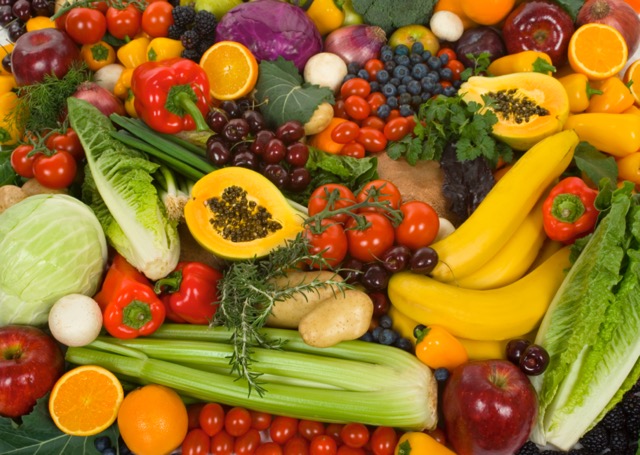
Aim to incorporate a variety of whole, nutrient-dense foods into your diet.
These include fruits, vegetables, lean proteins, whole grains, and legumes. These foods provide essential vitamins, minerals, and antioxidants, which promote overall health and support the body's natural healing mechanisms.
4. Weight Management

Maintaining a healthy weight is crucial to help ease osteoarthritis pain. Excess weight places additional stress on the joints, leading to increased pain and inflammation. Focus on consuming a balanced diet rich in whole foods and portion-controlled to achieve and maintain a healthy weight.
5. Avoid Inflammatory Triggers


Certain foods can trigger inflammation and exacerbate osteoarthritis symptoms. It's essential to be mindful of your triggers, including processed foods, refined sugars, fried foods, and excessive alcohol consumption. A food diary can help identify potential triggers and guide your dietary choices.
Osteoarthritis may be a chronic condition, but it doesn't mean you must resign to a life of constant pain and limited mobility. By embracing the concept of "food as medicine" and making informed dietary choices, you can support your body's healing process, reduce inflammation, and alleviate symptoms.
Here are some free resources to help simplify healthy eating to help ease osteoarthritis pain:
Jump-Start To A Healthier You e-book
Consult with a health and wellness coach or a healthcare professional to create a personalized plan that suits your needs. I offer a free consultation to help you start your journey to reduce osteoarthritis pain.
I would love to empower you with the ability to positively impact your health and well-being through the food choices you make every day.





